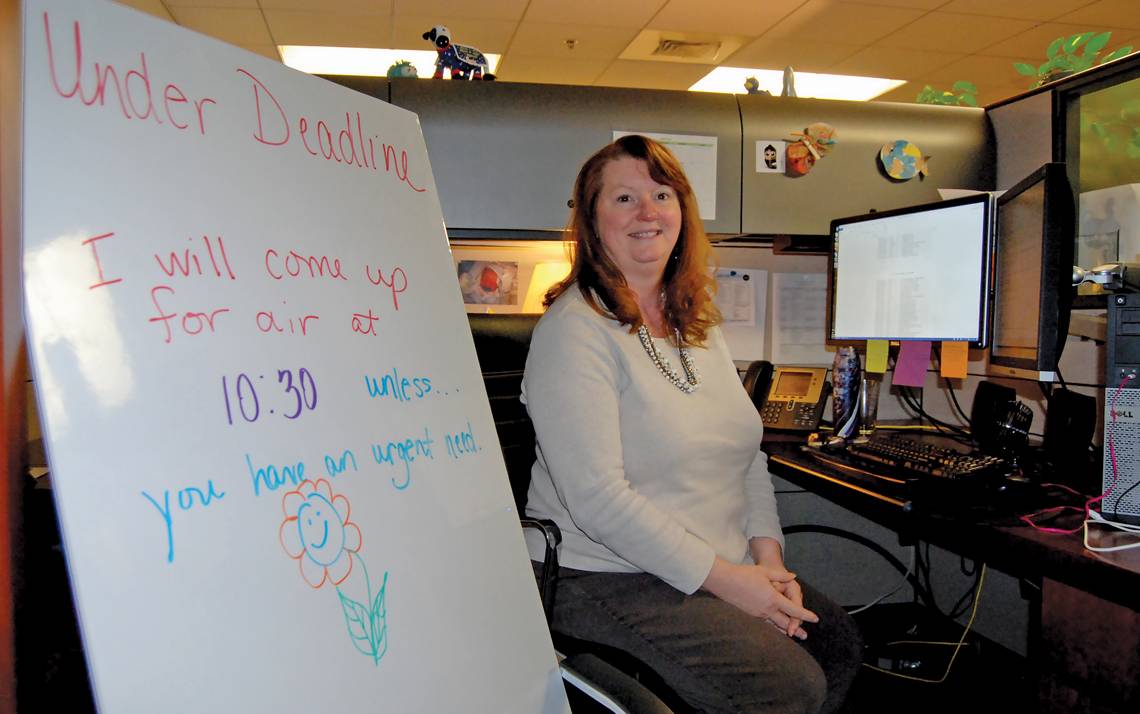How to Manage Multiple Work Priorities
A professional development course through Duke Human Resources offers help on making smart use of a workday

Tracey Torain’s day might see her build development intel for school leaders, prepare for events, file giving records or mentor work-study students.
She knows how to do all this, but doing it efficiently used to be a challenge.
“I needed to learn how to keep all these balls in the air and not drop them,” said Torain, advancement services coordinator with Duke’s Fuqua School of Business.
Torain’s ability to handle competing pressures improved after taking “Managing Multiple Priorities,” a class offered by Duke’s Learning & Organization Development (L&OD), a unit in Duke Human Resources. L&OD offers classes, customized workshops, organization development opportunities and consulting services to employees and departments.
Here are some lessons from Managing Multiple Priorities, which will be offered on August 20 and September 20.
Stay fresh
Cassie Lewis, staff assistant at the Sanford School of Public Policy, expected the class to consist only of tips for organizing her workload. Instead, she was surprised when Joy Birmingham,
the instructor and L&OD’s assistant director of professional development, urged the class to take a lunch break and occasionally get up for fresh air.
A tired mind often leads to a loss of focus and creates a risk for burnout.
“There were times when I would just hammer through to get something finished,” Lewis said. “Instead I’d just be spinning my wheels. Now, I get up, take a break and come back with a fresh mind. Then I can finish the task and not be burned out afterwards.”
Learn how to list
Like many people, Mark Schreiner’s workday was built around a to-do list that, as the day went on, often became long and unorganized, going from helpful guide to daunting distraction.
“It can be overwhelming,” Schreiner said.
The web content strategist for the Pratt School of Engineering now builds lists using three lessons from the class.
Quick, easy tasks aren’t listed. He just does them.
He’s honest with himself and colleagues about what can get done that
day and what will have to wait.
He picks three main objectives per day. Other work can pop up, but focusing on three primary tasks makes him more productive.
Protect your time
With so many demands, Tracey Torain said it was hard to find uninterrupted periods to complete pressing tasks. Emails, phone calls and questions from co-workers often derailed her productivity.
The course taught her to be protective of her time and to let co-workers know when she’s focusing on something important. While in the midst of a major project, Torain places a whiteboard near the entrance to her cubicle. It says she’s busy and lists a time when she’ll be available to talk.
“It’s much better,” Torain said. “Since doing this, interruptions have gone down.”